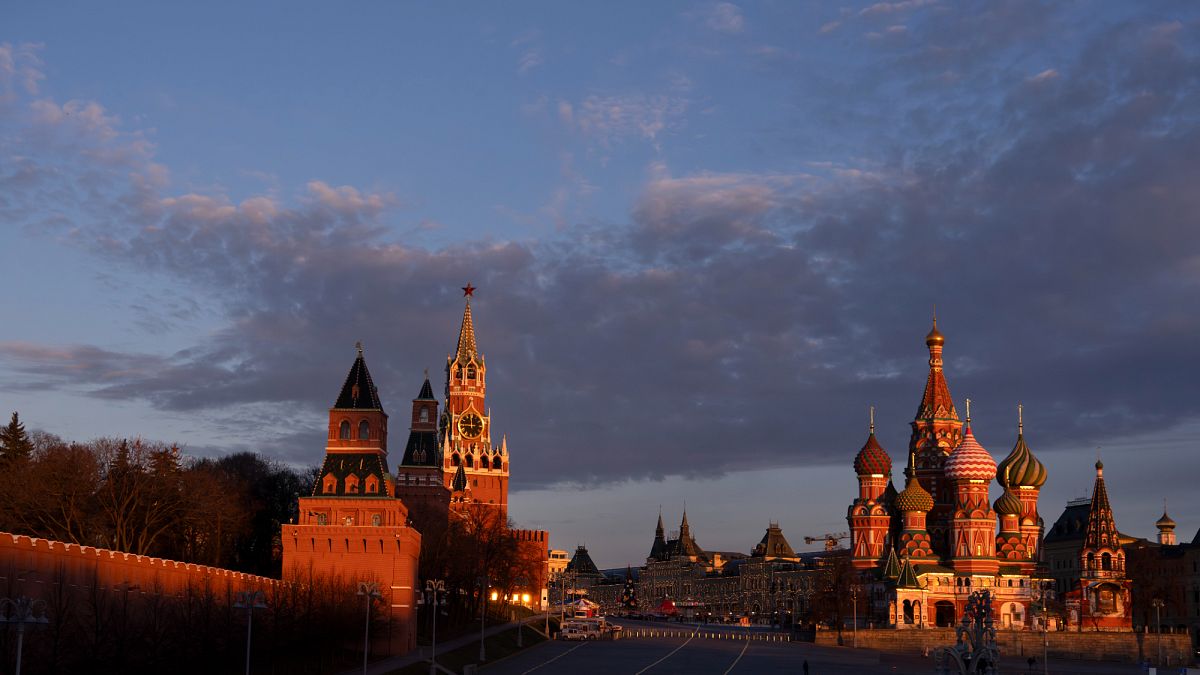

In a world that consistently faces manifold challenges, recent events have once again drawn global attention to ongoing conflicts and diplomatic dialogues. This serene overview reflects upon the myriad developments intertwining political dynamics and human experiences across different regions, with a focus on Ukraine, Gaza, and Russia.
Amidst the evolving narrative of the Ukraine conflict, a significant development has seen former U.S. President Donald Trump engaging in a lengthy conversation with Russian President Vladimir Putin. In their sixth known phone call, topics discussed included the protracted war in Ukraine and the geopolitical complexities surrounding Iran. While the expectations from this dialogue vary, with Ukrainian President Volodymyr Zelenskyy expressing skepticism about the common ground between Trump and Putin, such communications remain central to the broader discourse on peace and conflict resolution.
Meanwhile, the situation on the ground continues to grapple with moments of intense confrontation and loss. Russian drone strikes in southern Ukraine’s Odesa region have injured civilians, including children, highlighting the enduring impact on communities. In a related development, Ukraine’s strategic military actions culminated in the death of Major General Mikhail Gudkov, the deputy commander of the Russian Navy, confirming the intense nature of hostilities in and around the frontline areas. This operation indicates Ukraine’s sustained resilience amid Russian military pressure, while simultaneously illustrating the tangible costs of a conflict that echoes beyond borders.
Further adding layers to these geopolitical tensions, Estonia’s Prime Minister Kristen Michal recently provided insights into Russia’s internal dynamics under President Putin. Michal asserted that maintaining a state of conflict remains pivotal for Putin’s hold on power, suggesting that any shift towards peace might compel the Russian leadership to address long-standing internal challenges. This perspective underscores the intricate link between domestic governance and international diplomacy.
The recent escalation in Gaza presents a sobering picture of the Israeli-Palestinian conflict, with recent airstrikes tragically leading to significant casualties. In the span of a single night, over 90 people, including those seeking humanitarian aid, lost their lives amid intensified Israeli military operations. This grave scenario preludes anticipated ceasefire negotiations, offering a sliver of hope towards de-escalation. The humanitarian cost, however, remains a stark reminder of the profound human suffering atypical of prolonged conflicts.
As these events unfold, a climate of reflection emerges, prompting consideration of both immediate ramifications and potential pathways towards peace. The international community continues to monitor developments, seeking avenues for dialogue and reconciliation that prioritize the dignity and safety of affected populations.
In a historical context imbued with complexities and shared aspirations, the pathways towards peace appear as collective undertakings, upheld by a commitment to dialogue and mutual understanding. This focus aligns with broader efforts to address the global tapestry of challenges, from geopolitical tensions to the catalytic role of diplomacy in averting future conflicts. Even as challenges persist, there remains an unwavering belief in the power of peace, underscored by collective human resilience. In this mindful reckoning, the vision of collective harmony acts not merely as a distant ideal but as an attainable reality, towards which many strive.
As we reflect on these intricate global interplays, a mindful perspective encourages both hope and action, urging nations, leaders, and individuals to collaboratively pursue a future characterized by enduring peace and shared wellbeing. In this spirit, mindful engagement with complex issues becomes a catalyst for positive transformation, nurturing a future rooted in both understanding and unity.
Source: {link}
